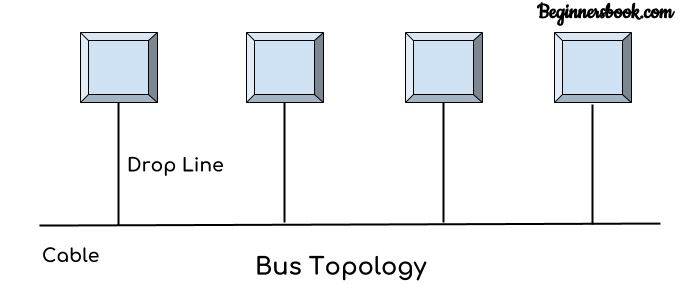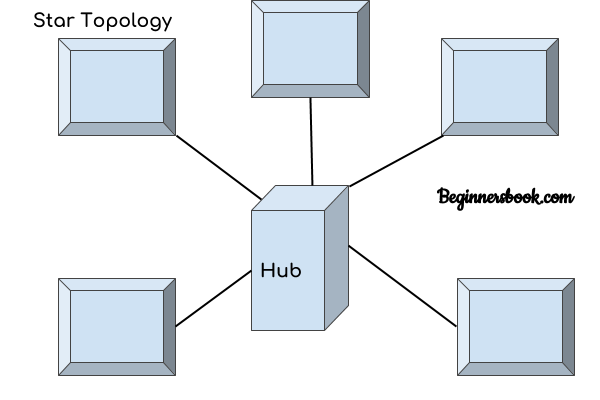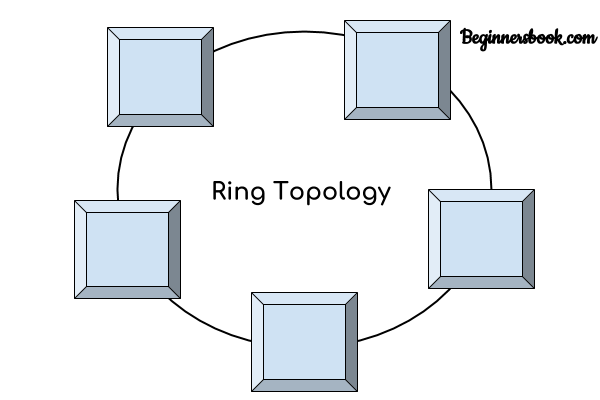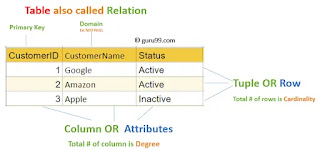Model question soluation of computer
Question solution of Model question 2079(Computer Science)
Short question Answer
1. What is DBMS? List out its advantage and disadvantage
- It stands for Database Management System. It is an application program or a software which is used to manage the data stores in database. it acts as a interface between the application program and the data store in database.
Advantage of DBMS
- Sharing the data
- Data independance
- Providing multiple user access
- Security on data can be implement
2. What is Networking? Write the advantage and disadvantage of networking
- A collection of computing devices that are connected in various ways in order to communicate and share resources. It is an interconnection between multiple autonomous computers.
The term' Networking is defined in dictionary as a ' Large system consisting of many similar parts that are connected together for movement or communication between or along the parts.
Advantage of Networking
-It helps in sharing of resources
- It helps to make communication cheaper and faster
- It helps to centralized networking
- It helps in Backup and recovery of data
Disadvantage of Networking
- Possibility of leakage and corruption of data
- It needs Special Technical knowledge to operate
- Lack of data security and privacy
- Presence of computer virus and malware
3. What is LAN Topology? Explain any three topologies.
- LAN topology is also known as Network Topology. LAN topology refers to the physical layout of the network which shows the geographical arrangement of the computers to each other. The main objective of network topology is to find out the economical and efficient way for the optimum communication. The different topologies are as follow,
1.Bus Topology

In bus topology there is a main cable and all the devices are connected to this main cable through drop lines. There is a device called tap that connects the drop line to the main cable. Since all the data is transmitted over the main cable, there is a limit of drop lines and the distance a main cable can have.
Advantages of bus topology
1. Easy installation, each cable needs to be connected with backbone cable.
2. Less cables required than Mesh and star topology
Disadvantages of bus topology
1. Difficultly in fault detection.
2. Not scalable as there is a limit of how many nodes you can connect with backbone cable.
2.Star Topology

In star topology each device in the network is connected to a central device called hub. Unlike Mesh topology, star topology doesn’t allow direct communication between devices, a device must have to communicate through hub. If one device wants to send data to other device, it has to first send the data to hub and then the hub transmit that data to the designated device.
Advantages of Star topology
1. Less expensive because each device only need one I/O port and needs to be connected with hub with one link.
2. Easier to install
3. Less amount of cables required because each device needs to be connected with the hub only.
4. Robust, if one link fails, other links will work just fine.
5. Easy fault detection because the link can be easily identified.
Disadvantages of Star topology
1. If hub goes down everything goes down, none of the devices can work without hub.
2. Hub requires more resources and regular maintenance because it is the central system of star topology.
3.Ring Topology

In ring topology each device is connected with the two devices on either side of it. There are two dedicated point to point links a device has with the devices on the either side of it. This structure forms a ring thus it is known as ring topology. If a device wants to send data to another device then it sends the data in one direction, each device in ring topology has a repeater, if the received data is intended for other device then repeater forwards this data until the intended device receives it.
Advantages of Ring Topology
1. Easy to install.
2. Managing is easier as to add or remove a device from the topology only two links are required to be changed.
Disadvantages of Ring Topology
1. A link failure can fail the entire network as the signal will not travel forward due to failure.
2. Data traffic issues, since all the data is circulating in a ring.
4. What is a Database Management System (DBMS)?
Database Management System (DBMS) is a collection of programs that enable its users to access databases, manipulate data, report, and represent data. It also helps to control access to the database. Database Management Systems are not a new concept and, as such, had been first implemented in the 1960s.
Charles Bachman’s Integrated Data Store (IDS) is said to be the first DBMS in history. With time database, technologies evolved a lot, while usage and expected functionalities of databases increased immensely.
Advantages of DBMS
- DBMS offers a variety of techniques to store & retrieve data.
- Uniform administration procedures for data.
- A DBMS uses various powerful functions to store and retrieve data efficiently.
- Offers Data Integrity and Security.
- Reduced Application Development Time.
Disadvantage of DBMS
DBMS may offer plenty of advantages but, it has certain flaws-
- Cost of Hardware and Software of a DBMS is quite high which increases the budget of your organization.
- Most database management systems are often complex systems, so the training for users to use the DBMS is required.
- Use of the same program at a time by many users sometimes lead to the loss of some data.
- DBMS can’t perform sophisticated calculations.
5. Define database with its model?
- A database is an organized collection of structured information, or data, typically stored electrically in a computer. A database is usually controlled by a database management system(DBMS)
.Models of database are given below
1) Relational Model
-Relational Model organizes data into two dimensional arrays known as relations(tables) and each relation consists of rows and columns. Another major characteristic of relational model is that of keys, designated columns in a relation used to order data or establish relations.
2. Hierachical Database model- In a hierachical database model records are logically organized into relationship. The database are arranged in a inverted three pattern where all records are related to the others in a parentchild relationship. Each parent records can base one or more child records but a child can have only one parents. thus if offers only one to many relationship.
3.Network database modelIn network database structure, a record type can have multiple owners. In network model, data are represented by records using links among them. It is an improvement over the hierarchical model, here we can have many to many relationships (M:M) among records.



Comments
Post a Comment